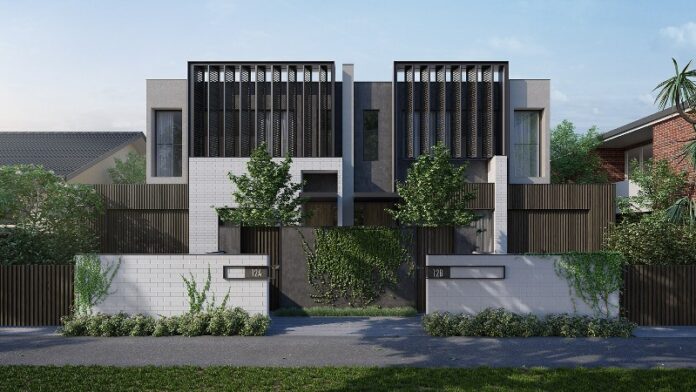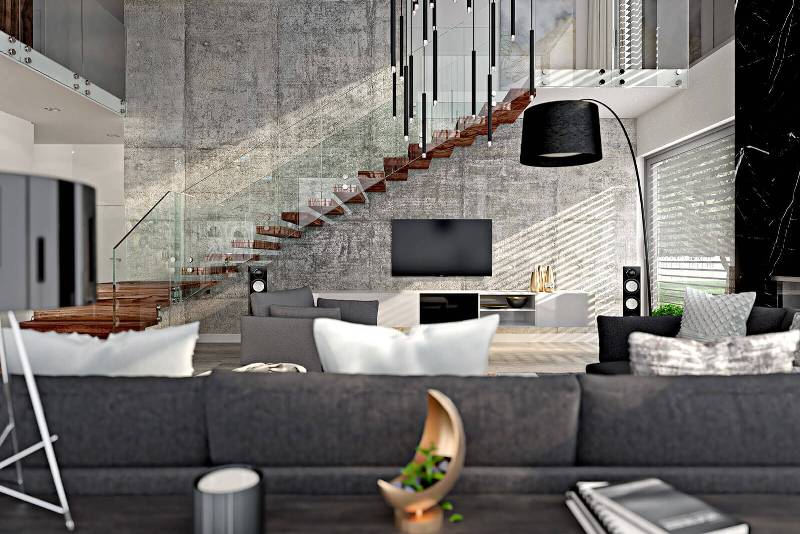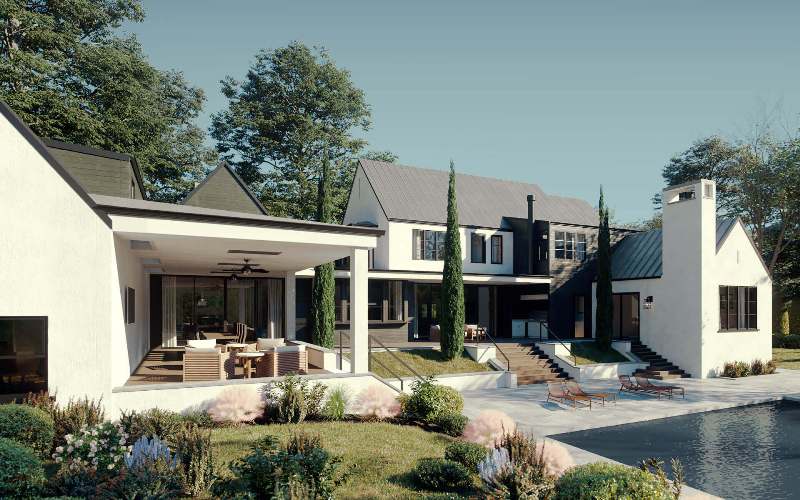Since the early 2000s, rapid advances in computer hardware and 3D rendering software have completely revolutionised the field of housing design and marketing. Technology has helped to increase buyer demand and make it possible for property developers to promote and sell their real estate projects off-plan at a rapid rate.
High quality architectural 3d renders present the target audience with photorealistic, life-like glimpses of the proposed property design and finish, allowing prospective buyers to imagine the lifestyle potential and establish a personal attachment with the project. For anyone considering advertising their property for sale, 3D rendered visualisations should be a must-have tool in their marketing arsenal.
Today, there’s an abundance of 3D studios and artists who are highly capable of producing top-quality work in this super competitive industry, and they will do their best to guide clients through the visualisation processes that are involved.
If you are new to commissioning 3D artist’s impressions, the experience can be daunting, and you may be prone to making some common mistakes along the way that can result in delivery delays and cost overruns.
To make sure that your next architectural 3d renders project runs smoothly, here are five important points to consider before making a start.
1. 3D Artists’ Visualise, Architects’ Design, etc.
The overall role of the 3D artist is to visualize something that has already been designed.
Property developers and real estate agents are often under pressure to commence marketing their products as soon as possible and, consequently, may rush into approving the commencement of the 3D rendering project before the property designs have been finalised. In this situation, there may be significant documentation gaps such as omitted joinery drawings, missing landscape plans, and vague or incomplete specifications.
While the 3D artists will have to make some creative decisions on most typical projects, it is generally not their responsibility to make important decisions like designing the kitchen or selecting the colours and fixtures for the property development. When encountering gaps in the design documentation, most 3D studios will halt work to make a request for further information (RFI) from the client, resulting in delivery deadline and cost overruns.
It is always best practice to ensure that all drawings and specifications for your project are fully finalised by the architect and design consultants before commencing the 3D visualisation process.
Detailed Briefs
Supplying your preferred 3D artist or studio with additional supplementary reference material and detailed briefs will greatly improve the chances of the artwork turning out to your expectations—or even exceeding them—on the first attempt.
3D visualisation Artists are not mind readers and may not share your styling tastes. If you have a particular vision for how the artwork should look and feel, whether it’s the lighting set up (day or dusk) or a fairly specific idea for the furniture and styling accessories that must be shown, it’s important to brief the artist before work commences.
Supplying reference images of other 3D rendered artwork or relevant photos, as well as specifications for desired fixtures, furnishings, materials and colours, and garden plants will ensure that the 3D artist has a better guide for the preferred creative direction and help to keep the project on time and on budget.
3. Avoid Rushed Feedback
After receiving progress submission previews from your 3D renderer, it is a good idea to avoid reviewing the images while you’re pressed for time and supplying rushed feedback. All too often, clients are tempted to review the proofs on their smart phones while on lunch break or stuck in traffic, and this will frequently result in them forgetting or overlooking to request some desired tweaks, which have to be rectified at a later point.
It’s always better to take an extra day or two (time permitting) to carefully review the draft submissions and ensure nothing is omitted. If there are other stakeholders in your project, they may also wish to review the artist’s previews in order to add their comments.
In the event that multiple people are reviewing the draft submissions, it is vital that all feedback is collated via a single point of contact. The worst possible scenario occurs when multiple people are sending feedback notes and mark-ups to the 3D artist, as this can lead to confusion, miscommunication, and inconsistencies in amendment requests.
All parties need to be aware of the direction of the project and the changes that need to be implemented by the 3D renderer.
4. Provide Clear Feedback Comments
Once you’ve reviewed the draft submission artwork, it is important to communicate any tweaks and changes that you’d like the artist to implement in a clear and concise way.
A PDF mark-up is usually a reliable way of annotating any parts of the image that need to be revised. This can be done by using the built-in PDF viewer commenting tools or simply printing the draft artwork, marking up the relevant areas by hand and rescanning back to a PDF or JPEG format — Keep it simple!
When commenting on any parts of the artwork that require revision, be precise with your instructions. Highlighting an element like a tree or a piece of furniture and stating, “I don’t like it” or “change to something more luxurious” is too vague. You need to let the 3D artist know what you’d like to see by supplying more precise specifications, additional drawings, or reference images. The aim of the game is to eliminate as much guesswork as possible.
If you are marking up the drafts by hand, make sure that your handwriting is clear and legible.
5. Hire the Right Artist
The most expensive 3D studio or artist may not always do the best job; likewise, a cheap 3D consultant may not always be the worst solution. It is important to find someone who will be able to supply artwork to your personal taste and within your budget.
When looking to engage a 3d rendering studio to work on your next project, it’s worthwhile to invest some time in researching several different companies before you commit. Have a thorough look through their website portfolios to see if they have previous experience of working on projects similar to yours and request several quotations for comparison.
Finding someone who can offer high-quality work at an affordable rate is not the only thing to look for. It’s also a good idea to have a chat with someone at the studio on the phone or in person, tell them about your project and try to assess if they understand your requirements and you’re able to communicate together with ease.
Computer-generated artwork has made a vast difference in real estate marketing and advertising. By having a good understanding of the 3D visualisation process and following the tips above, you can establish a great relationship with your artist and result in a trouble-free and constructive experience.




















